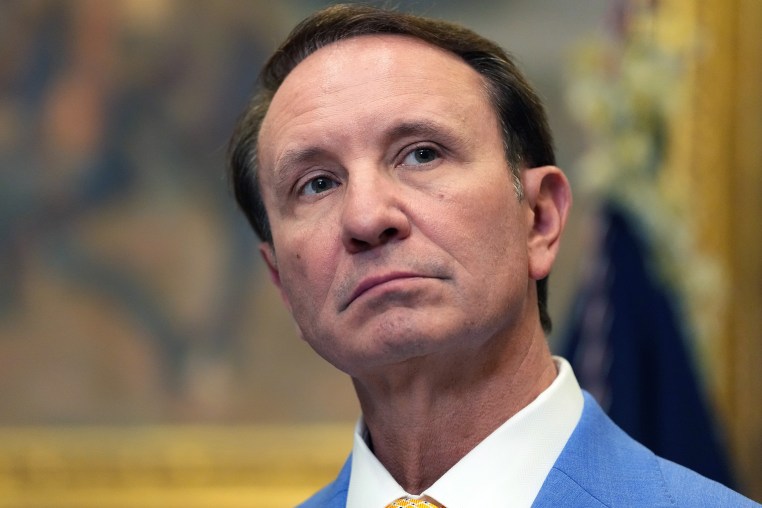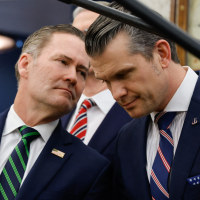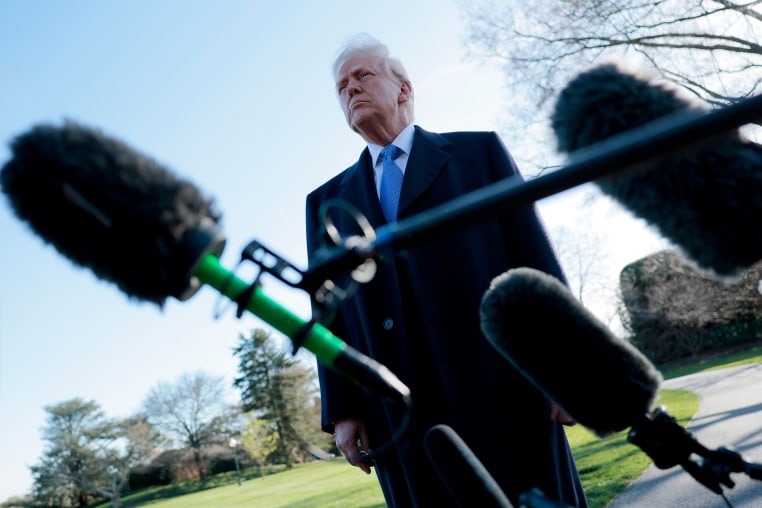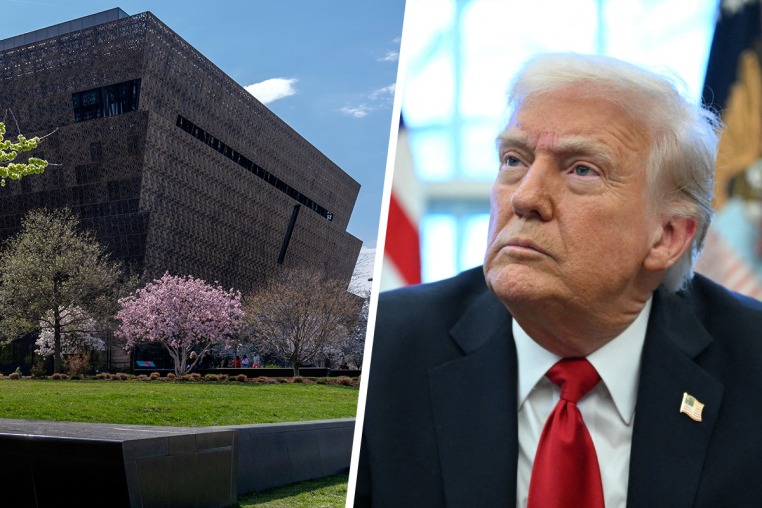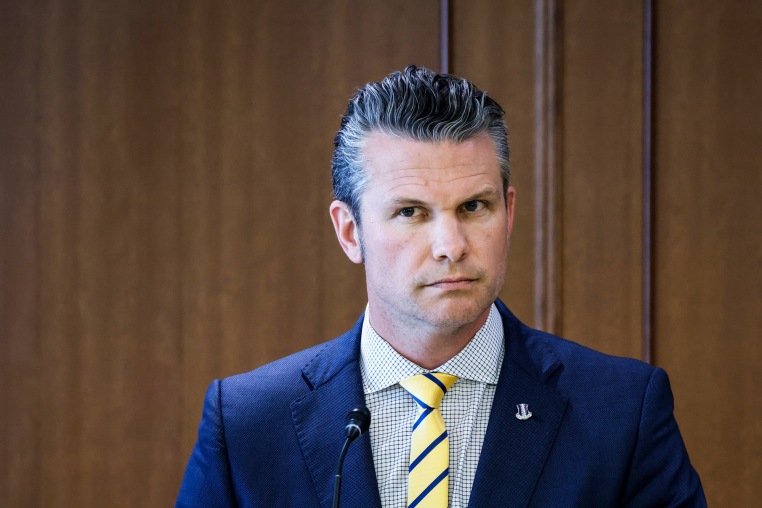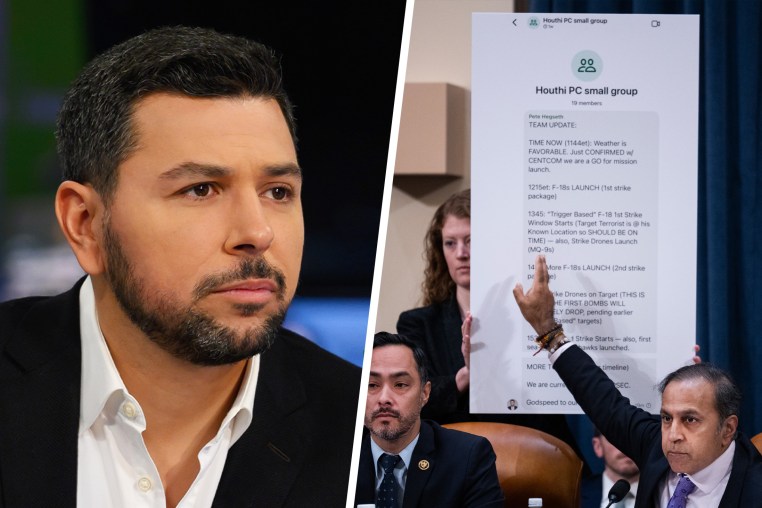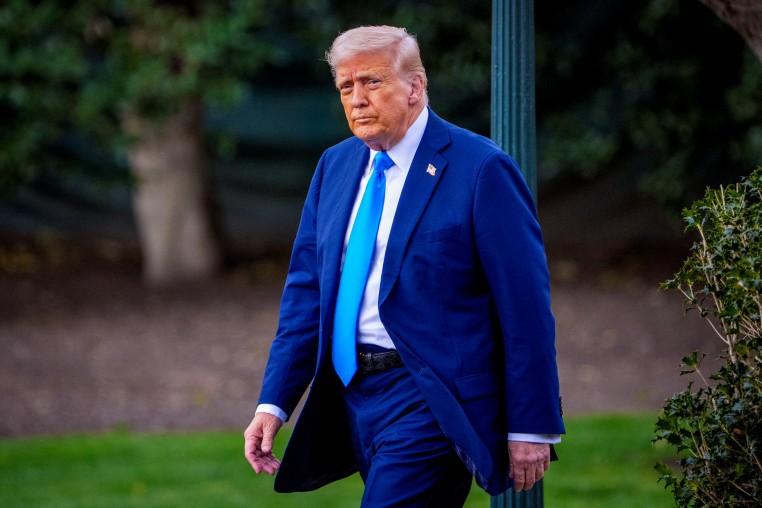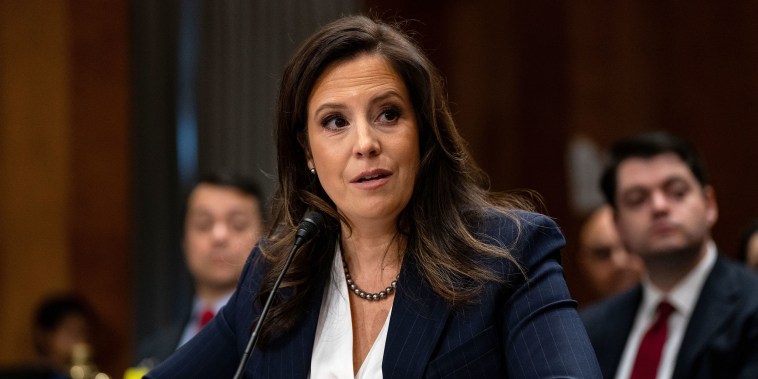Imagine it’s four years from now and a Democratic president has just taken office. During the campaign, they vowed to undo what Donald Trump had done: repair the federal government, restore vital services and rebuild what Republicans worked so hard to destroy. Will that reconstruction project even be possible? Or will Trump and Elon Musk have done so much lasting damage that the government can’t be brought back, at least in anything like the form it was before 2025?
Since Trump, Musk and company are just getting started, answering these questions requires some speculation. But this administration has been uncommonly aggressive: trying to dismantle entire agencies, seizing new authority for itself and beginning mass firings. As haphazard as it sometimes seems, Trump and his aides clearly want to leave behind a government that won’t be easily fixed. And though the durability of a presidency’s impact depends on the complex intersection of politics and policy design, Trump and Musk have one advantage in their project: it’s far easier to destroy than it is to build.
Even if the courts tell the Trump administration to allow USAID’s work to resume, what happens then?
Take the U.S. Agency for International Development, one of the first targets of Musk’s so-called Department of Government Efficiency. USAID was created in a law passed by Congress; it cannot legally be eliminated without another law passed by Congress. But the administration went ahead and effectively shut it down, suspending its funding and announcing that nearly all its thousands of employees will be fired or placed on indefinite leave. The immediate result will likely be starvation and disease outbreaks among those in developing countries who depend on American aid.
Unions representing agency staff have filed a lawsuit challenging the gutting of USAID. But even if that lawsuit succeeds, and the courts tell the Trump administration to allow USAID’s work to resume, what happens then? The fired workers are unlikely to return; they will have either found new jobs or won’t trust the administration not to get rid of them later. The NGOs, health clinics and community organizations USAID works with around the world may have shut down or moved on to find other ways to survive; those relationships might no longer exist. Everything that enabled the agency to save lives and improve the image of the United States overseas will lie in rubble.
In other words, it won’t be necessary for the administration to loudly proclaim that it was defying the Supreme Court. By the time the case came to a conclusion, the agency will likely be a shadow of its former self, which is just what Trump and Musk want.
In such cases, said Roger Nober, director of the George Washington University Regulatory Studies Center and a former official in the George W. Bush administration, even if Trump and his allies “lose the battle, they may win the war.”

Don Moynihan, a professor at the Ford School of Public Policy at the University of Michigan, agrees that the administration is trying to “change the facts on the ground” at the agencies it has targeted, by eliminating personnel and suspending grants. Once that’s done, even if the court says your actions were unlawful, restoring the status quo ante will be “a little bit like trying to put the toothpaste back in the tube.”
“Two big problems jump out” for the next president looking to restore the federal government, said Moynihan. The first is that the Trump administration is trying to shift the balance of the federal workforce away from career employees toward political appointees. If successful, the number of Trump loyalists in place for the next president could be not the usual 4,000 or so, but 54,000 or 104,000. “To what degree do you trust them?” asks Moynihan. “That is quite a different proposition than has been faced by any president in the past.”
How do you rebuild trust in the idea that public service work is attractive?”
– University of Michigan Prof. Don Moynihan
Then there is the question of the Americans who might consider serving their country in the future. “How do you rebuild trust in the idea that public service work is attractive?” asks Moynihan. Government work has traditionally offered modest pay but job stability and the chance to do important and rewarding work. But when the work has been demonized and the stability has been removed — because a new president might now decide to fire you — what’s the attraction? As a result, the government will struggle to hire the scientists, engineers, public health experts and everyone else it needs to do its work.
Fixing that could require the creation of a comprehensive new civil service law. But no such legislation has been passed since 1978. And to make matters even more difficult, recent Congresses have been less and less productive.
“It’s not like any prior downsizing we’ve seen in government,” Moynihan said. “There was downsizing during the Clinton administration, but there wasn’t this degree of cruelty or indifference to the effects on public outcomes that we’re seeing at the moment.”

Nober is more optimistic about the civil service’s future prospects. “In the long run, the view of government being a place where people who care about policy and want to have long-term careers, I think that will ultimately prevail,” he said. Nevertheless, the administration has created enough of an environment of fear that it may not encounter less of the bureaucratic resistance that existed in the first Trump term. “People who are career employees may look at it and say, ‘You know what, I’m going to keep my head down,’” Nober said. “It appears they want to create unease in the federal workforce, and boy, they have succeeded in that.”
A great deal will depend on whether the courts, and especially the Supreme Court, decide to rein in Trump’s authority. The administration is making sweeping “unitary executive” claims in its legal filings, inviting the court to grant the president almost unlimited power over the federal government. No one can say for sure what the conservative supermajority on the court will do. But “one thing that’s clear,” Moynihan said, “is that the administration thinks the court is going to give them a lot of what they want.”
If the justices stand up to the administration’s most sweeping views of power, then perhaps the federal government will survive another 47 months of Trump largely unscathed. But if the Supreme Court lets the president go however far he decides to go, the damage could take decades to undo.


